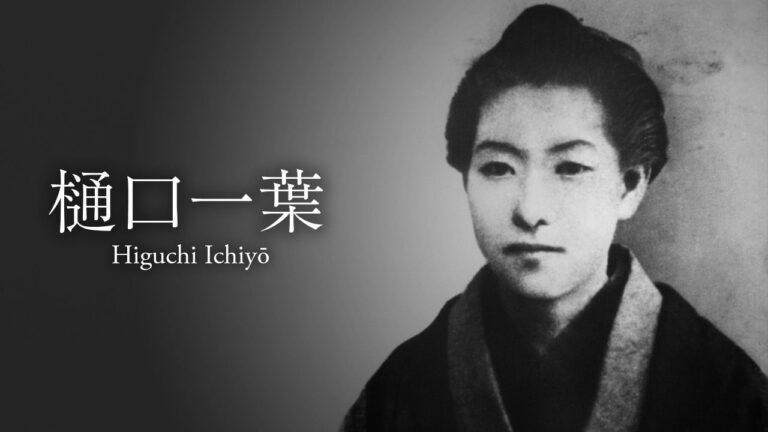
Ichiyo Higuchi was a prominent figure in Japanese literature during the Meiji period. She is considered one of the most important female writers in Japanese history. Higuchi’s writing focused on portraying the lives of ordinary people, particularly women, in the rapidly changing social and economic landscape of Meiji-era Japan. She wrote about the struggles, dreams, and aspirations of individuals from different social classes, shedding light on the challenges faced in a society undergoing modernization.
Despite her relatively short life—dying at the age of 24—Higuchi produced a significant body of work. Some of her most notable works include “Takekurabe” (Child’s Play), “Nigorie” (Troubled Waters), and “Botchan no Fuukei” (A View of Botchan). Her writing style was characterized by its realism, attention to detail, and sensitivity to human emotions.
Higuchi’s works had a lasting impact on Japanese literature and continue to be studied and appreciated today. She is often regarded as a pioneer of modern Japanese literature and a symbol of women’s empowerment in a time of societal transformation.
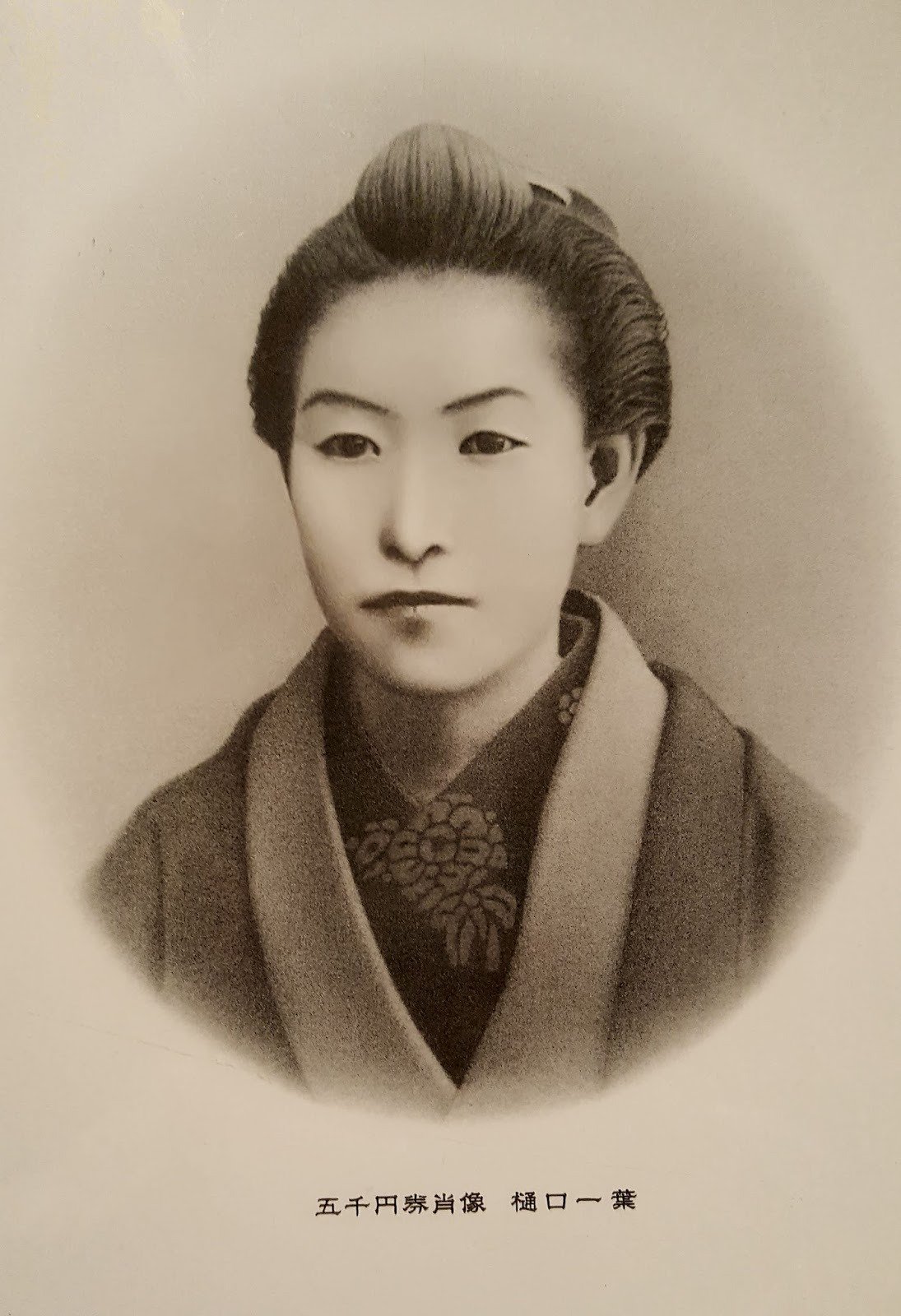
Early Life
Raised in an era known as the Meiji period, Higuchi bore witness to Japan’s metamorphosis from an insular feudal society to a modernized nation embracing Western influences. Higuchi’s real name was Natsu Higuchi, but she adopted the pen name “Ichiyo” (meaning “one leaf”) later in her career.
She was born in 1872 in Tokyo as the fourth child of Noriyoshi Higuchi. Her family came from a peasant community near Yamanashi Prefecture; however, her father managed to procure a position of samurai. Due to their status in her early life, Higuchi could study waka poetry at Haginoya with weekly lessons in poetry and Japanese literature.
However, the class divide she found between her and her upper-class classmates created a unique view of the society around her that later inspired her works.
As she grew older, the samurai class was abolished, causing her father to lose his position. This seismic shift in Japanese culture at the time served as the backdrop against which Higuchi’s literary genius would unfurl. As a keen observer of the world around her, Higuchi soaked in the kaleidoscope of sights, sounds, and scents that permeated the bustling streets of Tokyo. The city became her playground and muse, providing a rich tapestry upon which her literary narratives would be intricately woven.
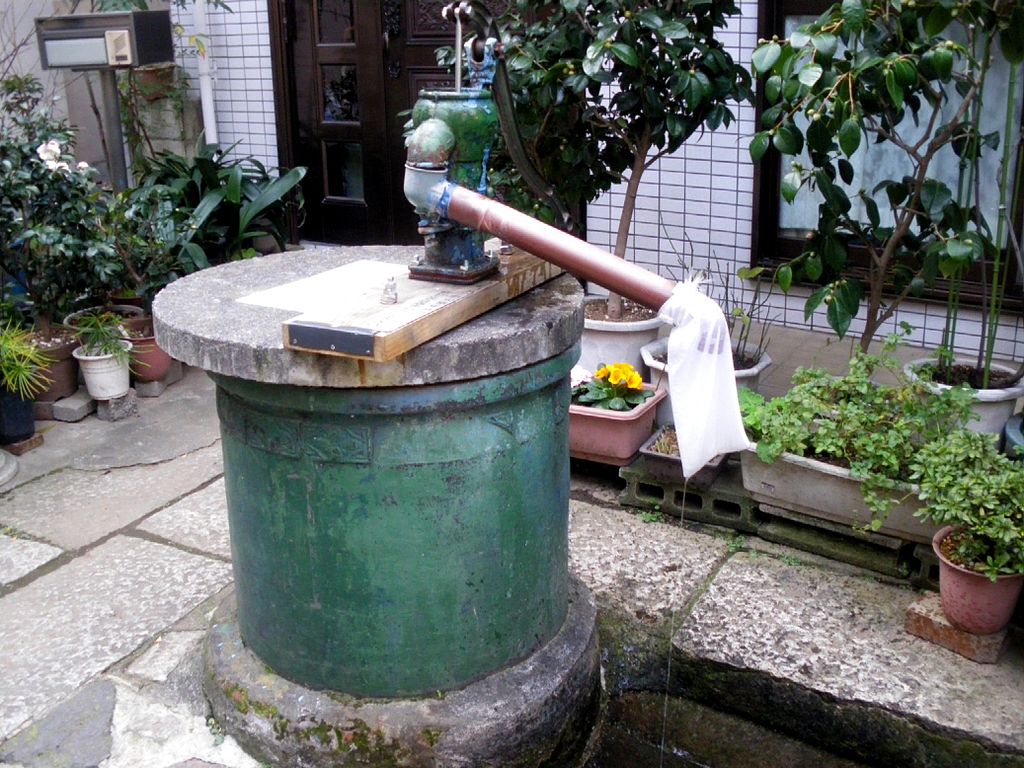
“Ichiyo no Ido” remains near the site of the former residence in Kikuzaka-cho, Hongo
Becoming an Author
The plight of women in Meiji-era Japan, with its deeply entrenched societal expectations and limited opportunities, left an indelible imprint on Higuchi’s consciousness. From a tender age, she witnessed the struggles, dreams, and aspirations of women relegated to the fringes of society. This early exposure ignited a fire within her, propelling her to give voice to the silenced and marginalized, transcending the boundaries of gender and social status.
As an adult, she desired to pursue a writing career, but due to the failed business investments by her father, her family struggled to secure finances. When her engagement to a jurist and future governor, Saburo Shibuya, ended, Higuchi, together with her mother and younger sister, moved to Hongo district, where women could work doing laundry. However, at this time, Higuchi became determined to become a novelist.
In 1891 after writing several short stories, she met her advisor, Tosui Nakarai, who helped her connect with editors. It was in 1892 that she was able to produce her literary debut in the story Yamizakura (Flowers at Dusk) under her pen name Higuchi Ichiyo. From there, Higuchi continued publishing works as she became a promising new author.
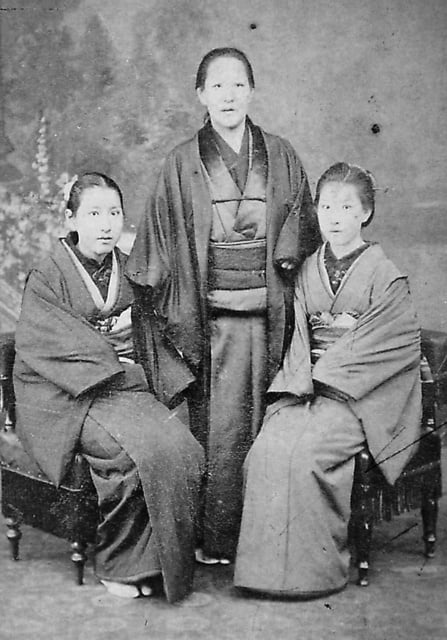
Ichiyo Higuchi with her mother and younger sister
Later Life
After her mother and sister’s failed attempt to open a stationery store, they ended up living near the red-like district in Yoshiwara in Tokyo, inspiring her later stories such as Takekurabe (also known as Child’s Play or Growing Up in English).
However, by 1896, Higuchi contracted tuberculosis like her father, leading her to die at 24. Despite this, she left behind twenty-one short stories, nearly 4,000 poems, and various essays as she became one of the most predominant writers in Japanese history.
Impact of Ichiyo Higuchi’s Works
Central to Higuchi’s oeuvre is her exploration of women’s struggles within the confines of Meiji-era Japan. With a compassionate yet unflinching gaze, she delves into the limitations, societal expectations, and gender norms that constrained women during that time. Her female characters are multifaceted and nuanced, representing the myriad challenges, aspirations, and triumphs experienced by women in a rapidly changing society. Higuchi’s portrayals challenge traditional gender roles and advocate for greater agency and empowerment for women.
Beyond focusing on women’s experiences, Higuchi’s writings also critiqued social divisions and class disparities. She examined the stark contrasts between the privileged and the marginalized, shedding light on the hardships faced by the working class and disenfranchised individuals she encountered. Her narratives are a poignant reminder of the societal inequities amidst Japan’s modernization and progress.
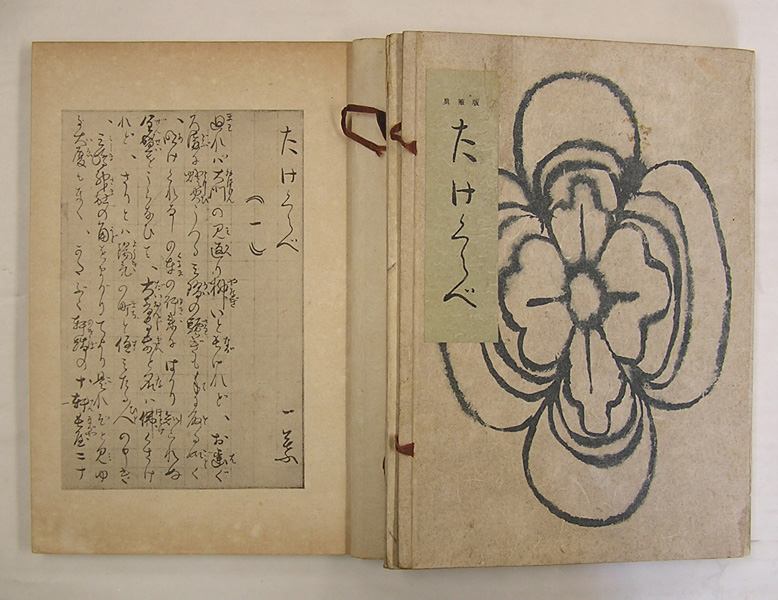
Manuscript of Takekurabe
Her vivid and evocative settings further enhance Higuchi’s literary genius. Whether depicting the bustling streets of Tokyo or the serene landscapes of rural Japan, she paints detailed scenes that transport readers to the heart of her stories. Her meticulous attention to atmospheric detail creates an immersive reading experience, enveloping readers in her fictional worlds’ sights, sounds, and sensations.
At the heart of Higuchi’s work lies a deep exploration of the human psyche. Her characters are richly developed, grappling with universal themes of love, loss, identity, and ambition. Through their journeys, she provides readers with an intimate glimpse into the depths of human emotion and the complexities of personal growth.
The Legacy of Ichiyo Higuchi
Despite her tragically short life, the legacy of Higuchi reverberates through the annals of literary history and beyond. Her impact on Japan was so profound that you can find her everywhere, even on the 5,000 yen bill.
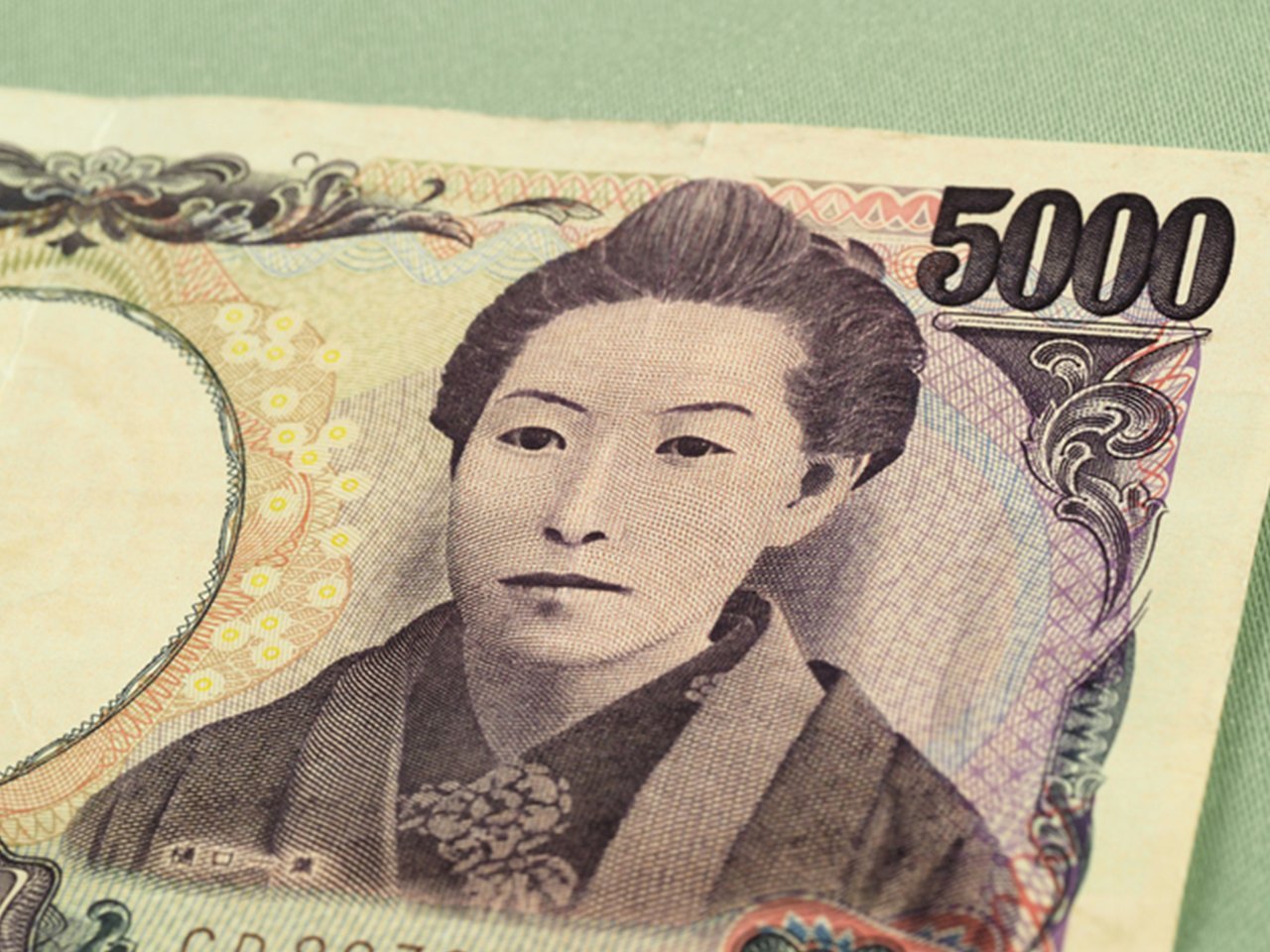
One major impact was her work’s ability to shift the landscape of Japanese literature. She broke new ground by delving into the lives of ordinary people, particularly women, and shedding light on their struggles, dreams, and aspirations. Her writings helped serve as a catalyst for women’s empowerment in Meiji-era Japan.
Higuchi’s literary achievements have cemented her status as a cultural icon in Japan. Her life and work are celebrated, studied, and honored in various forms, including adaptations of her stories into theater productions, films, and television dramas. Her name and legacy are revered as symbols of resilience, women’s empowerment, and the transformative power of literature.
If you have the chance, I recommend picking up one of her books as it can help you further understand the world developed into modern-day Japan.















